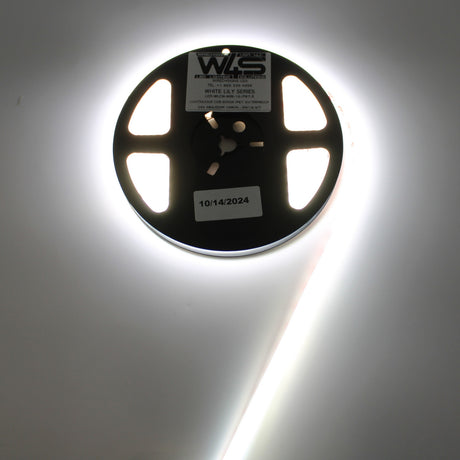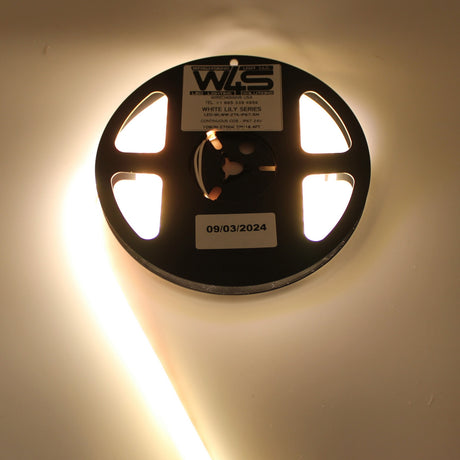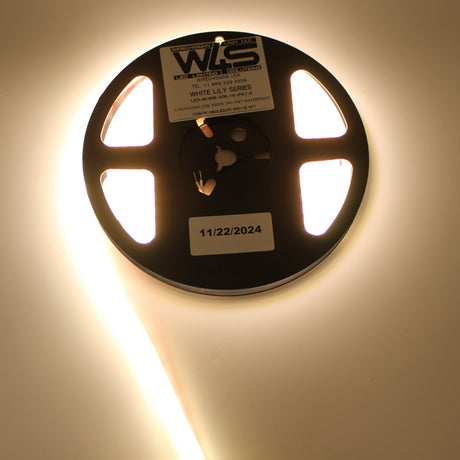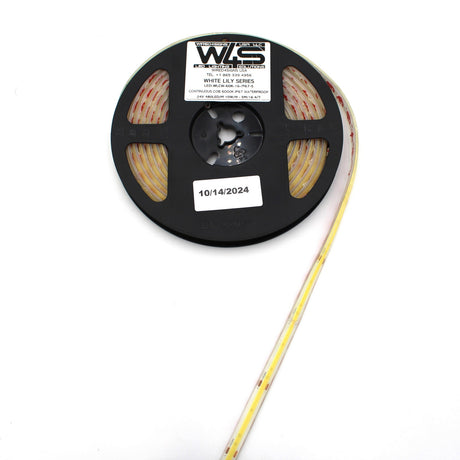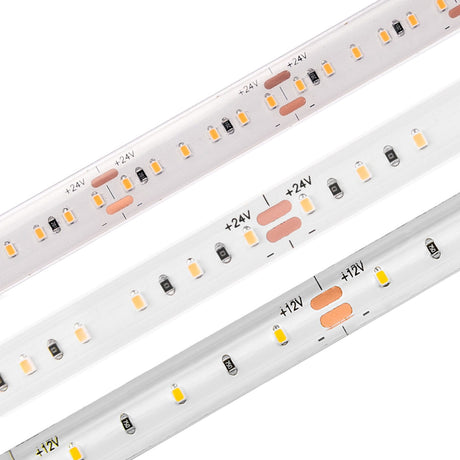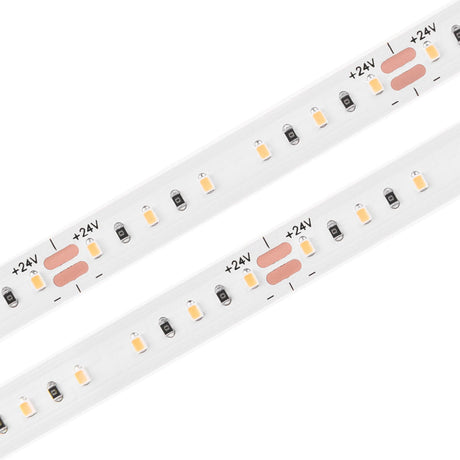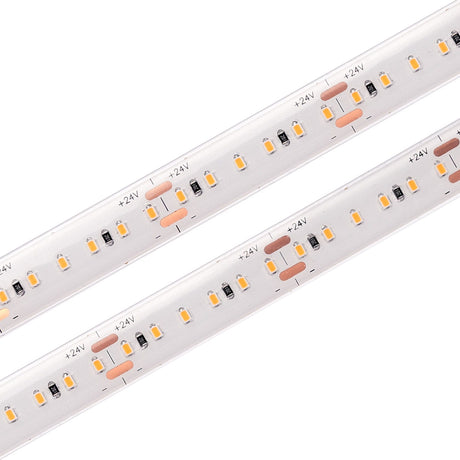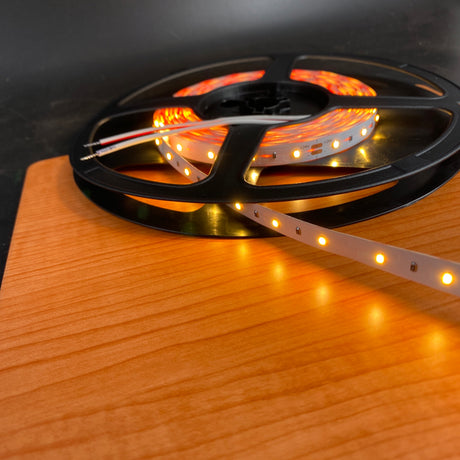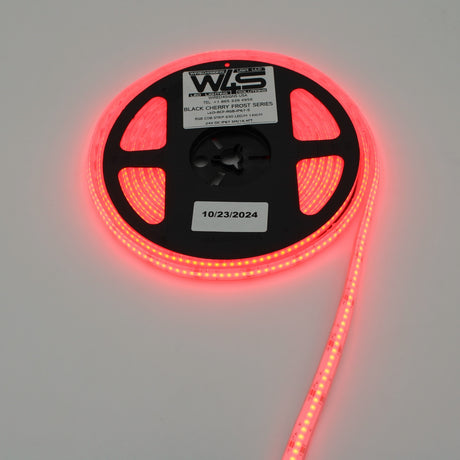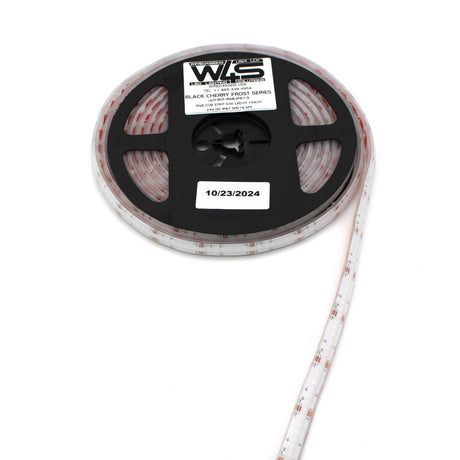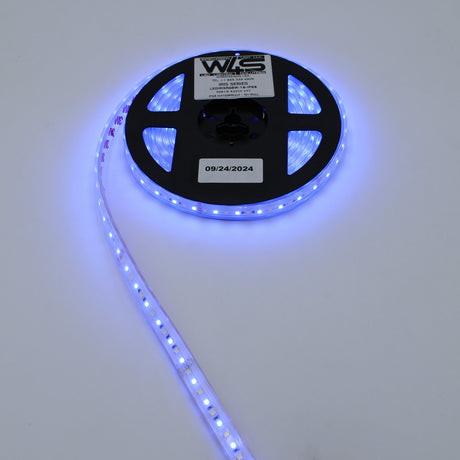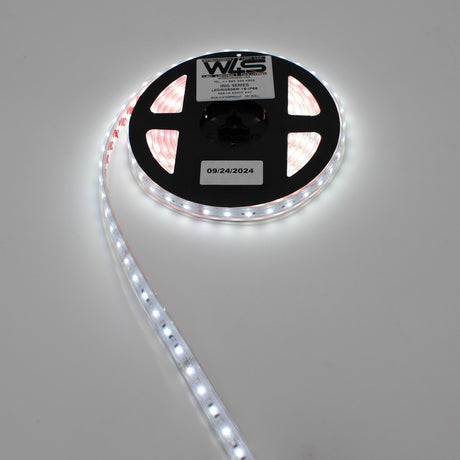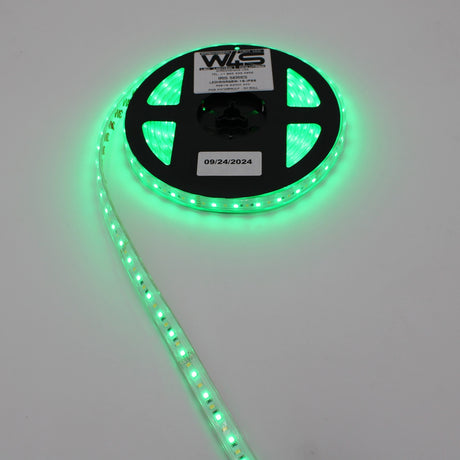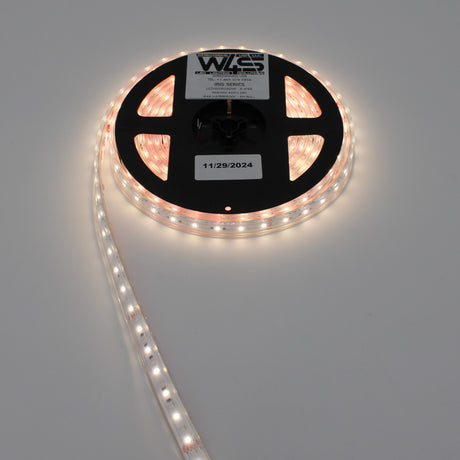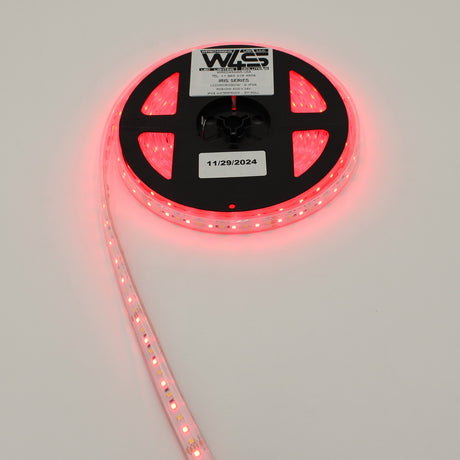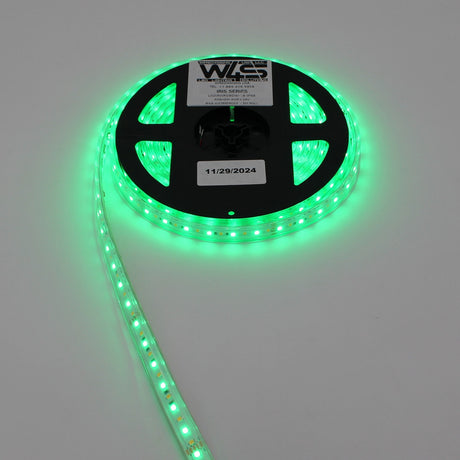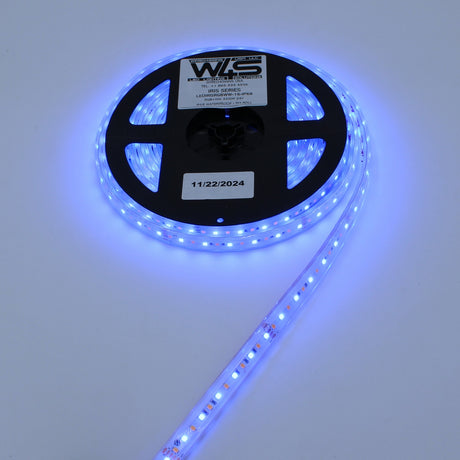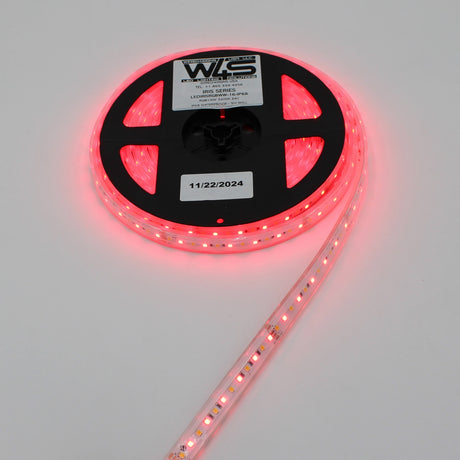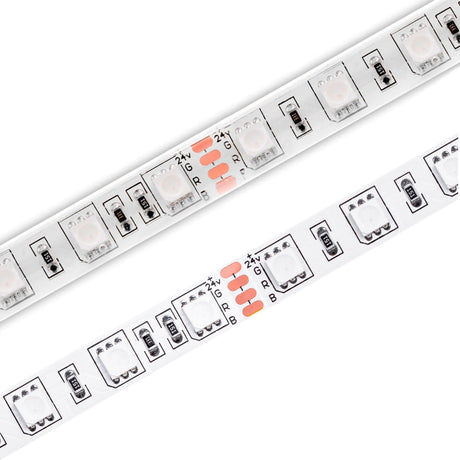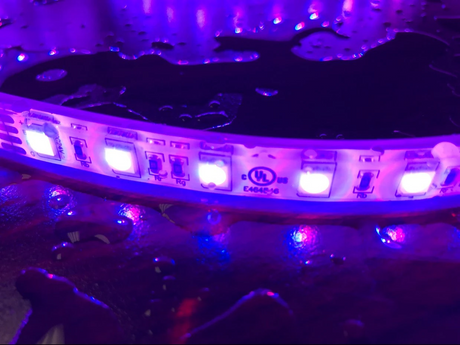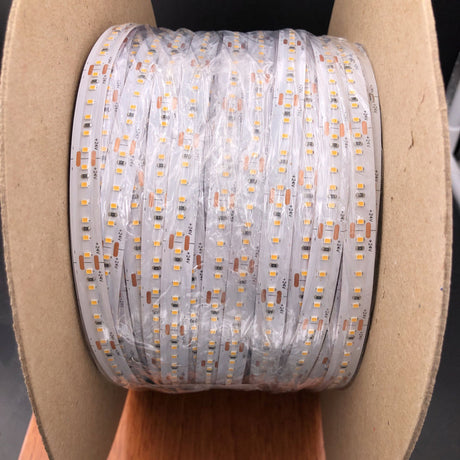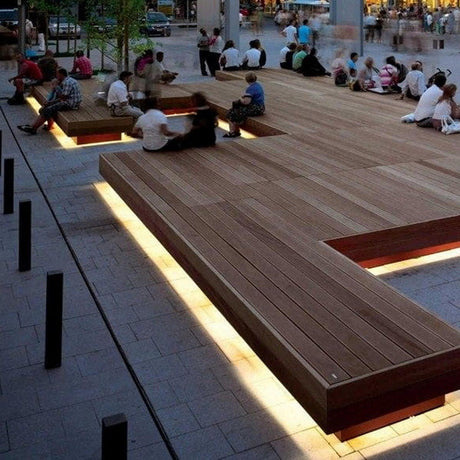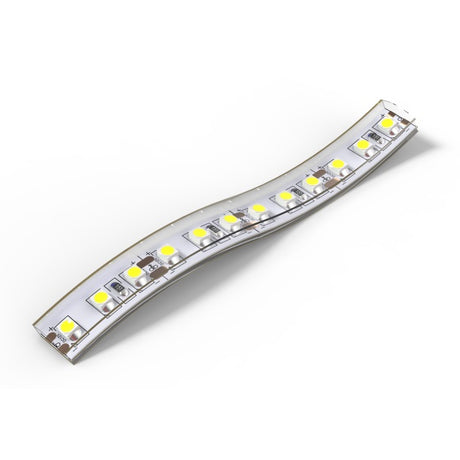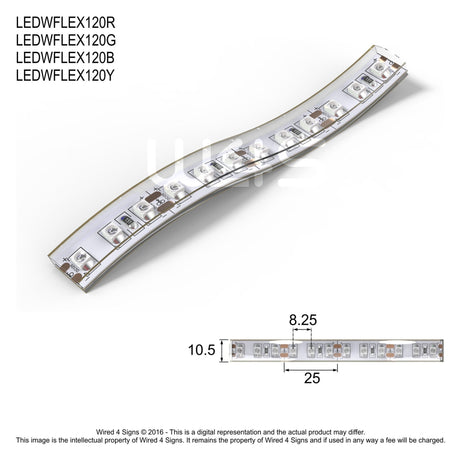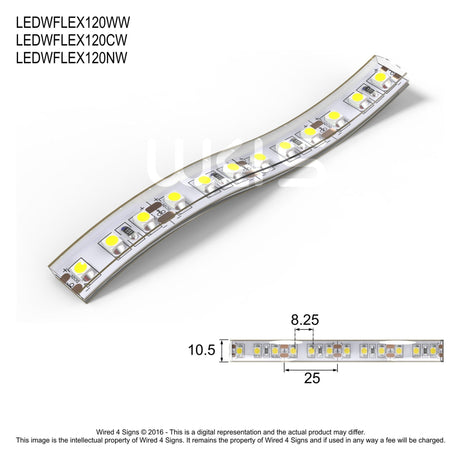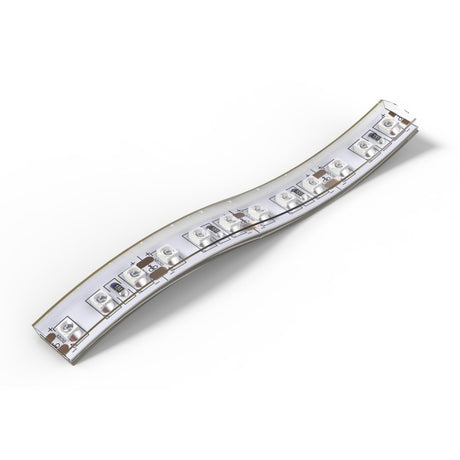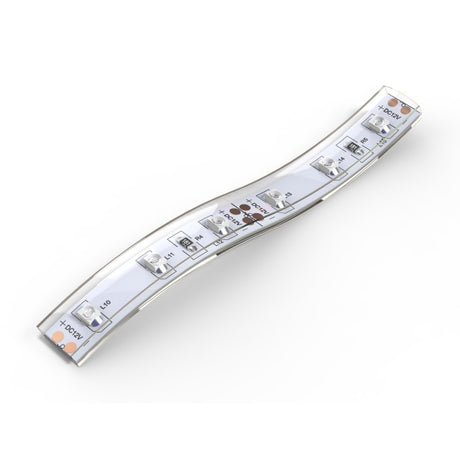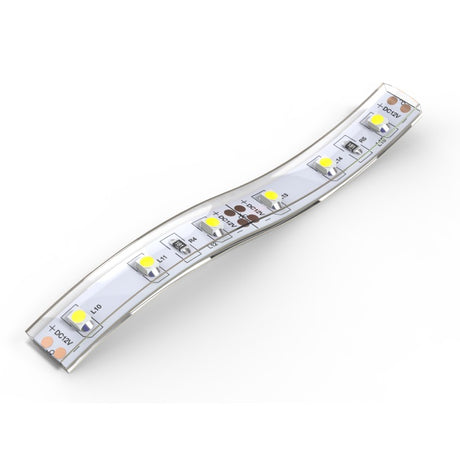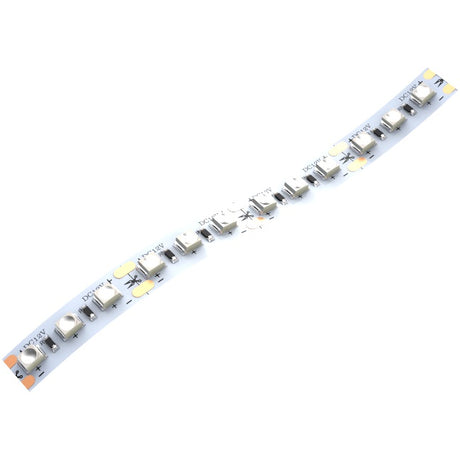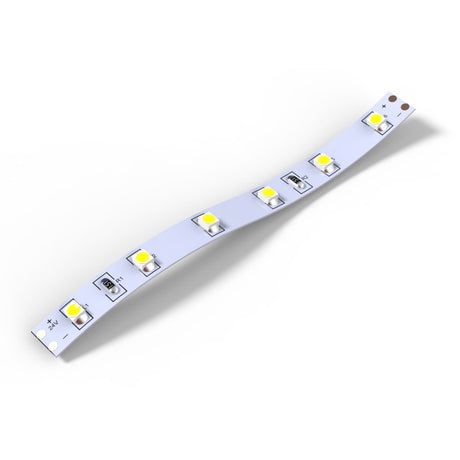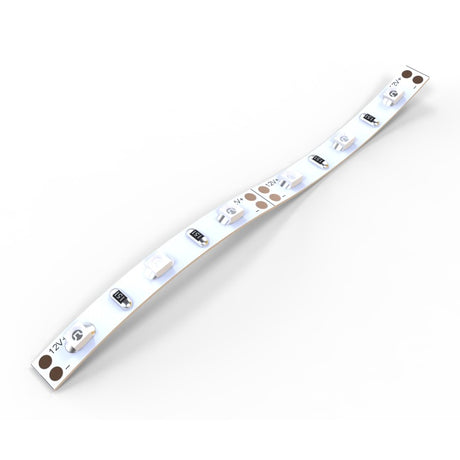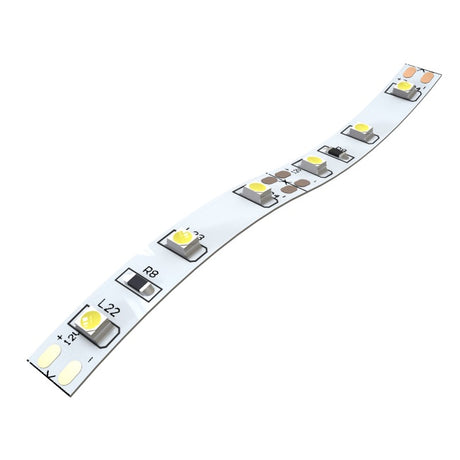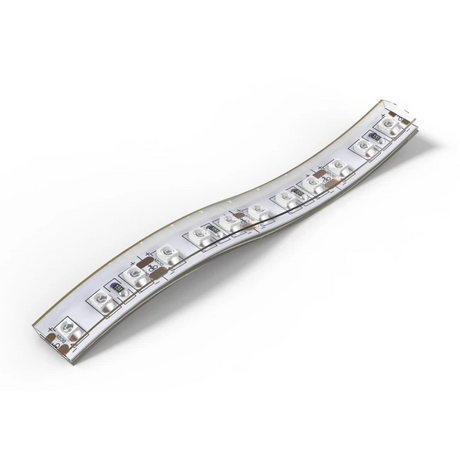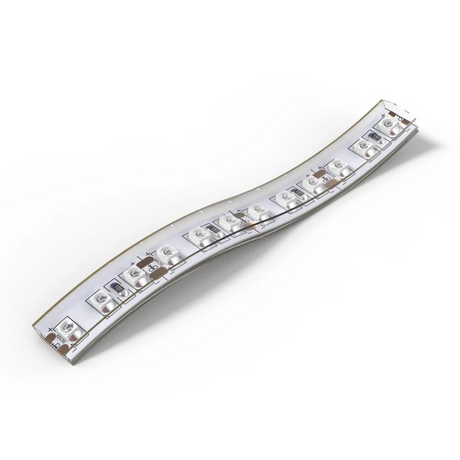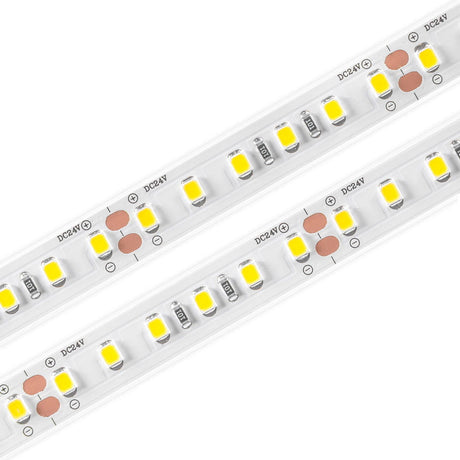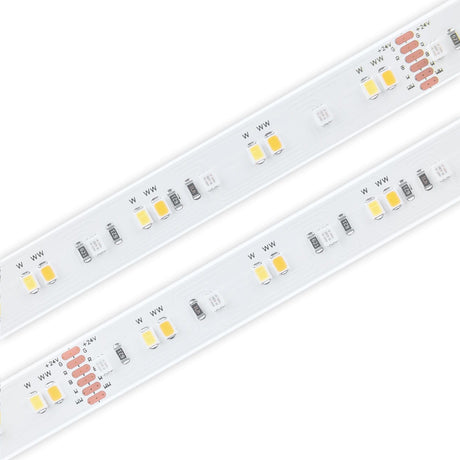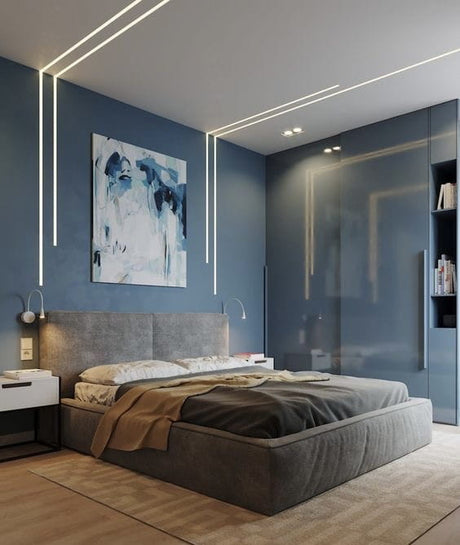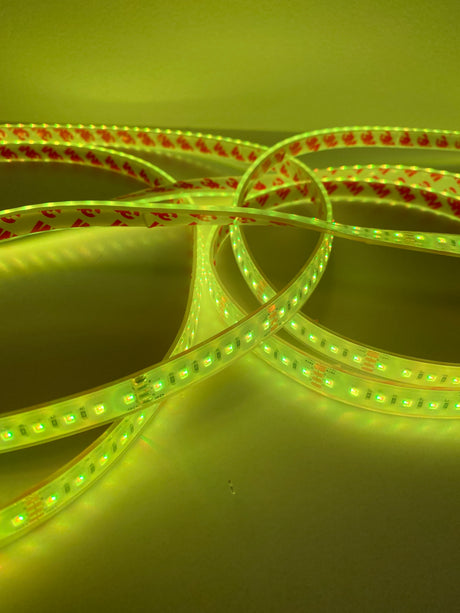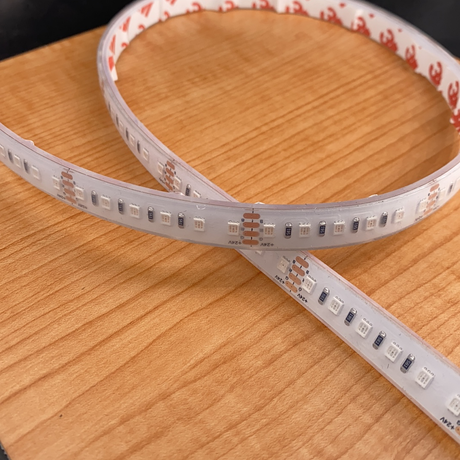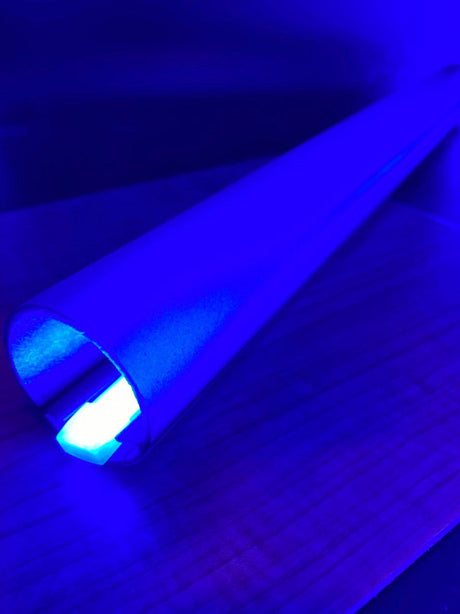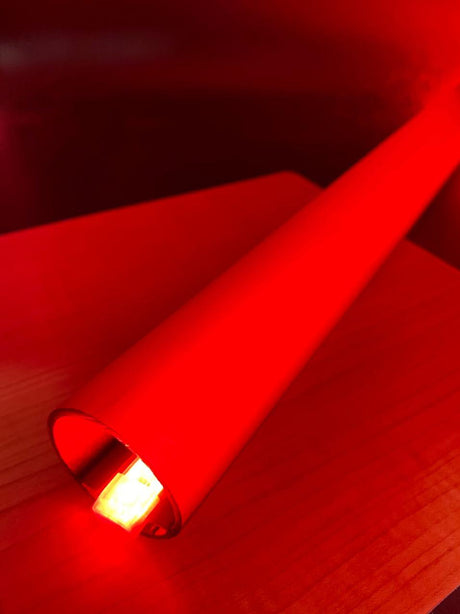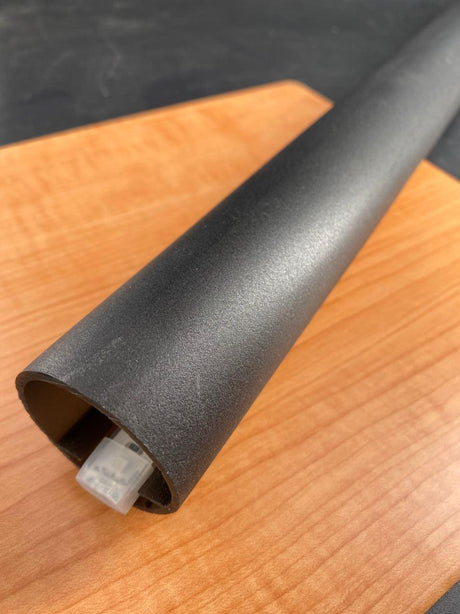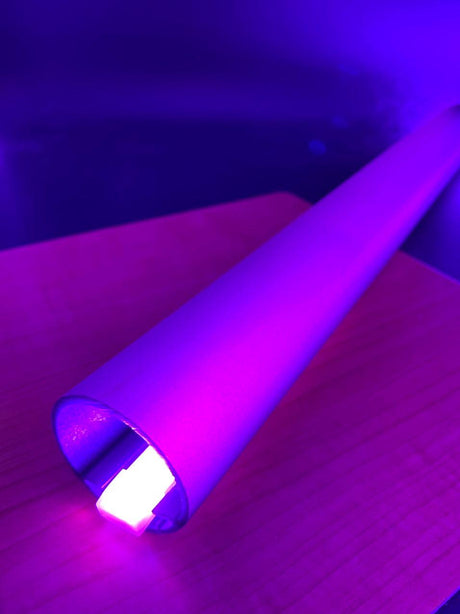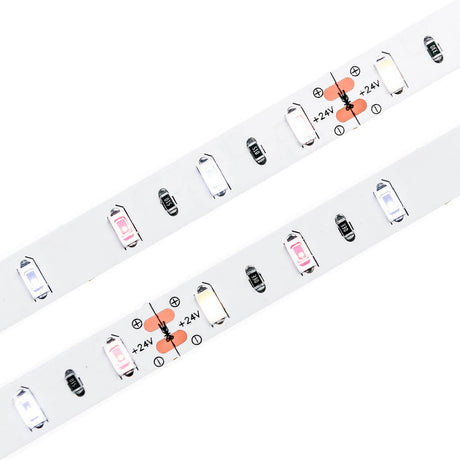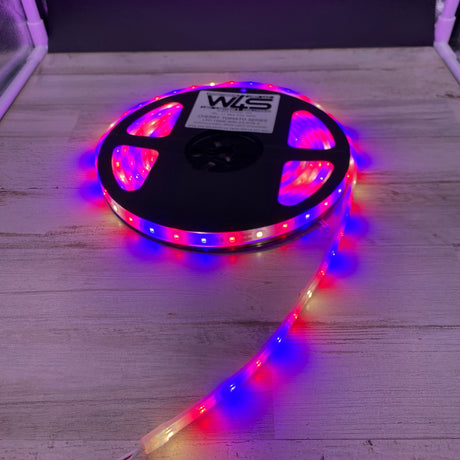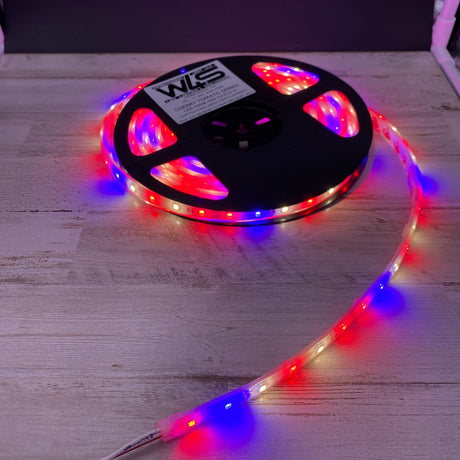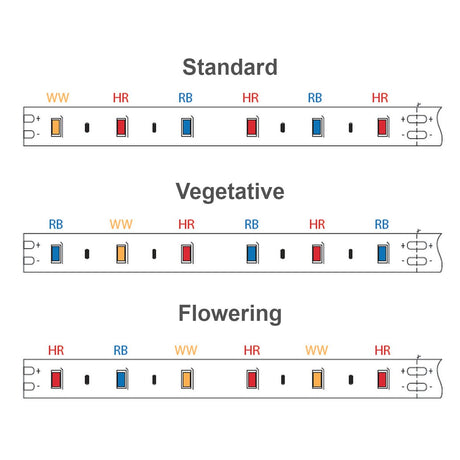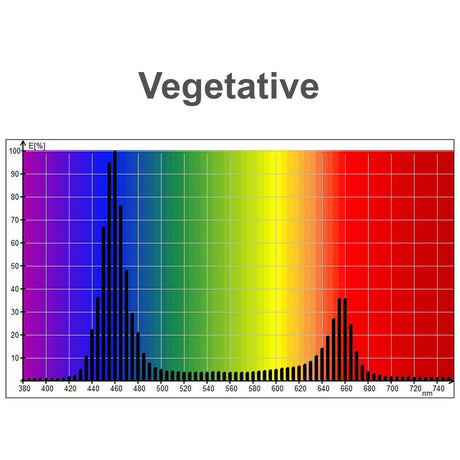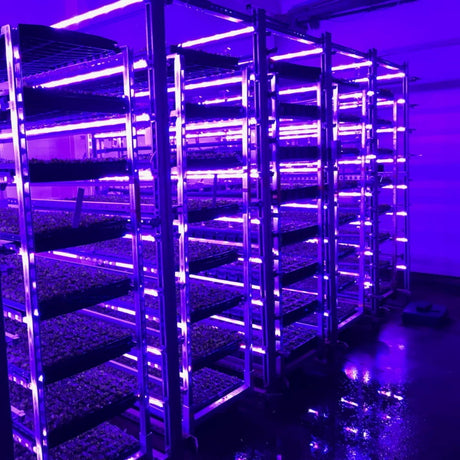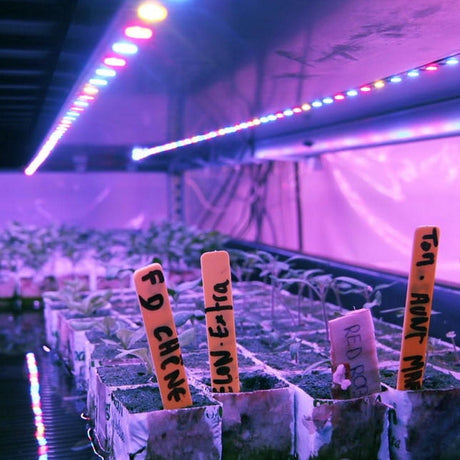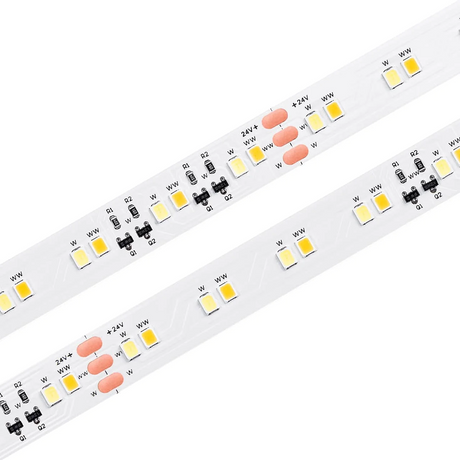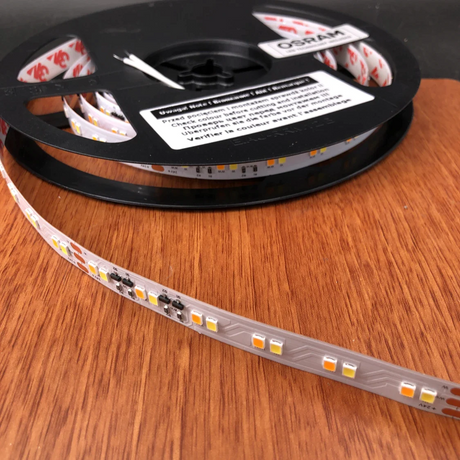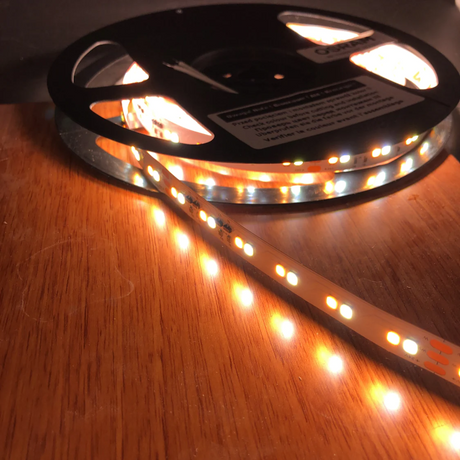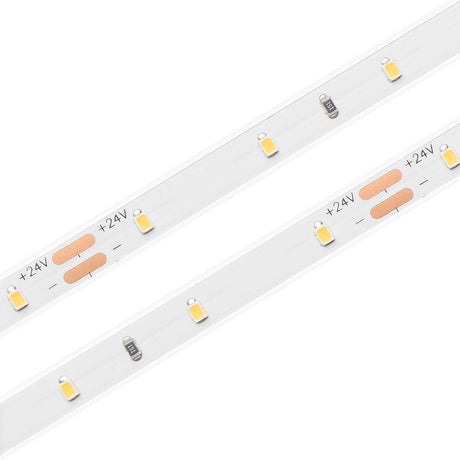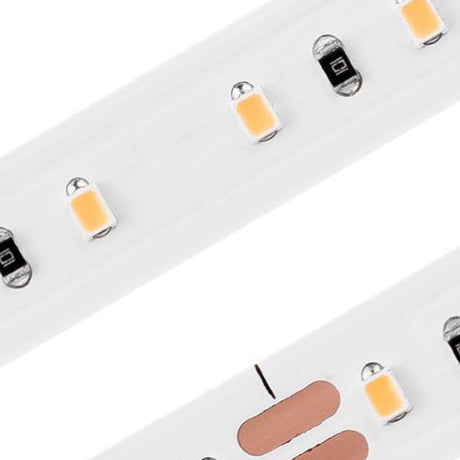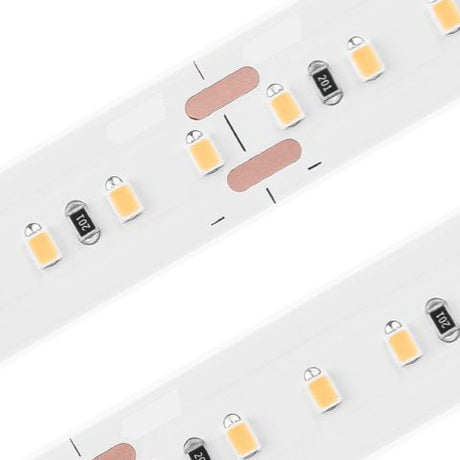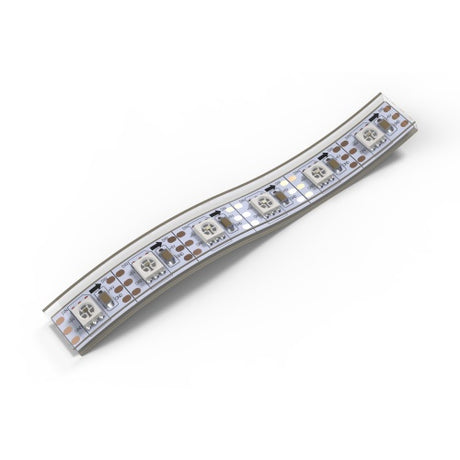-
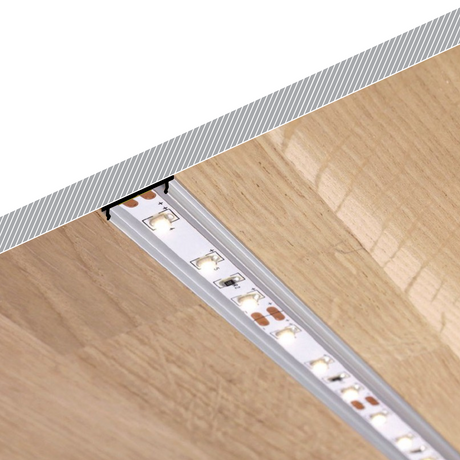
- Up to 15% off
Continuous COB IP67 LED Strip (24V) ~ White Lily Series
Sale priceFrom $13.92 USD Regular price $16.38 USDUnit priceUnavailable - Up to 11% off
White High CRI IP68 Waterproof LED Strip (24V) ~ White Iris Series
Sale priceFrom $10.34 USD Regular price $11.08 USDUnit priceUnavailable - Up to 2% off
RGB COB IP67 LED Strip (24V) ~ Black Cherry Frost Series
Regular priceFrom $22.09 USDUnit priceUnavailable - Up to 7% off
High CRI RGBW IP68 Waterproof LED Strip (24V) ~ Iris Series
Sale priceFrom $21.55 USD Regular price $23.10 USDUnit priceUnavailable White IP68 Waterproof LED Strip (12V) ~ White Iris Series
Sale priceFrom $10.67 USD Regular price $11.85 USDUnit priceUnavailable- Up to 10% off
RGB LED Strip (24V) ~ Dahlia Series
Regular priceFrom $10.53 USDUnit priceUnavailable - Up to 15% off
IP68 Outdoor Ambient Lighting LED Strip (24V) ~ Decor Series
Sale priceFrom $9.42 USD Regular price $11.08 USDUnit priceUnavailable 12V Constant Voltage LED Strip 3528 chip ~ Daisy Series
Regular priceFrom $42.72 USDUnit priceUnavailableWhite High Output IP68 Waterproof LED Strip (24V) ~ King Protea Series
Regular priceFrom $24.17 USDUnit priceUnavailable- Up to 11% off
RGB CCT LED Strip ~ Strelitzia Series
Sale priceFrom $25.01 USD Regular price $28.04 USDUnit priceUnavailable Bright RGB IP68 LED Strip (24V) ~ Verbena Series
Regular priceFrom $20.59 USDUnit priceUnavailable- Up to 28% off
Horticultural Grow Light IP68 Waterproof LED Strip (24V) ~ Cherry Tomato Series
Sale priceFrom $17.78 USD Regular price $24.80 USDUnit priceUnavailable White Adjustable IP68 LED Strip (24V) ~ Sunrise Series
Regular priceFrom $22.89 USDUnit priceUnavailable- Up to 17% off
Single Color High Power IP68 Waterproof LED Strip (24V) ~ Carnation Series
Sale priceFrom $9.97 USD Regular price $11.96 USDUnit priceUnavailable RGB Pixel SK6812 IP68 Waterproof LED Strip (5V) ~ Lantana Series
Regular price $203.06 USDUnit priceUnavailable- Up to 5% off
White IP68 Waterproof LED Strip for Vehicles (12V) ~ Trailer Series
Sale priceFrom $172.03 USD Regular price $181.08 USDUnit priceUnavailable
Waterproof LED Strip Lights for Outdoor and Damp Environments
Durable Waterproof LED Light Strips for Professional Projects
Waterproof LED strip lights are designed to deliver bright, reliable illumination in environments where moisture, dust, or humidity are present. Each strip features a protective coating or sealed silicone housing that guards against water ingress, making them suitable for exterior façades, gardens, signage, and bathrooms.
Our waterproof LED light strips are available in various IP ratings, allowing you to match the protection level to your project’s conditions. IP65-rated strips are splash-resistant and ideal for semi-protected areas, while IP67 and IP68 models can be fully submerged, providing dependable performance for fountains, pools, and marine lighting installations.
For seamless illumination without visible diode points, explore our COB LED Strip collection. These continuous, dotless options pair perfectly with waterproof housings for projects that demand both aesthetics and weather resistance.
Applications and Advantages of Water-Resistant LED Strip Lights
Water-resistant LED strip lights are ideal for outdoor architectural features, landscape lighting, and damp interior areas like kitchens, saunas, or washrooms. Their flexible silicone construction allows easy installation along curves, edges, and recessed profiles, making them adaptable for both functional and decorative use.
Beyond water protection, these LED strips also resist UV rays and temperature fluctuations, ensuring consistent performance in challenging environments. The high efficiency of these LEDs provides bright light output with minimal energy consumption, which makes them suitable for commercial signage, hospitality venues, and residential outdoor spaces.
When higher intensity or dual-row output is required, our High Density LED Strips provide exceptional brightness and uniformity. They can be integrated into waterproof profiles for projects requiring robust, professional-grade illumination across large outdoor areas.
Installation, Compatibility, and Protection Standards
Each waterproof LED strip is engineered for simple installation using adhesive backing, mounting clips, or aluminum channels for extra rigidity and heat dissipation. For outdoor use, it’s recommended to pair waterproof strips with compatible connectors and power supplies designed for sealed environments to maintain the IP rating throughout the system.
These waterproof LED strips are available in multiple color temperatures, from warm white for cozy ambiance to cool white for task lighting, and can also be configured in RGB or tunable white versions for dynamic color control. Contractors can easily integrate them with standard low-voltage LED power supplies and dimmers for adjustable brightness and automation.
For creative installations that involve curved structures or architectural accents, our Bendable LED Strips can be paired with waterproof housings or flexible channels to achieve smooth lines of light. While these strips themselves are not waterproof, combining them with protective enclosures provides similar design flexibility for covered or semi-exposed environments.
Wired4Signs USA supplies high-performance waterproof LED strip lights for professionals who value quality, durability, and visual impact. Each product is built to meet strict safety and performance standards, ensuring dependable results across residential, commercial, and industrial applications. From landscape pathways to marine lighting, our waterproof LED strips deliver illumination that’s as reliable as it is refined.

